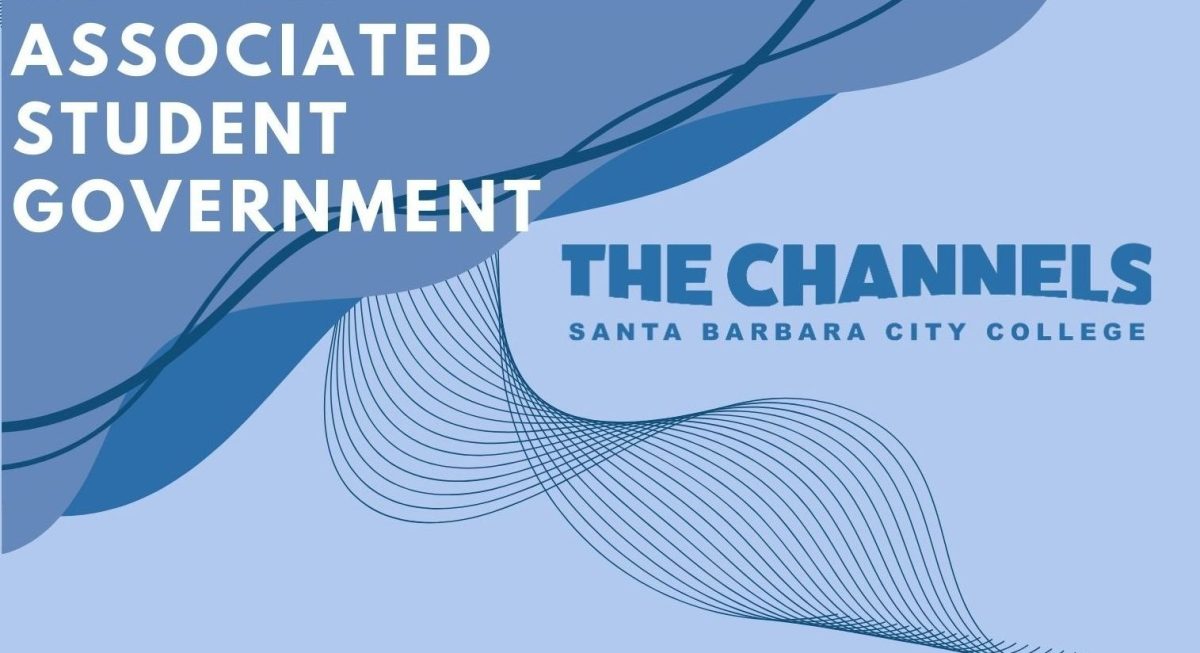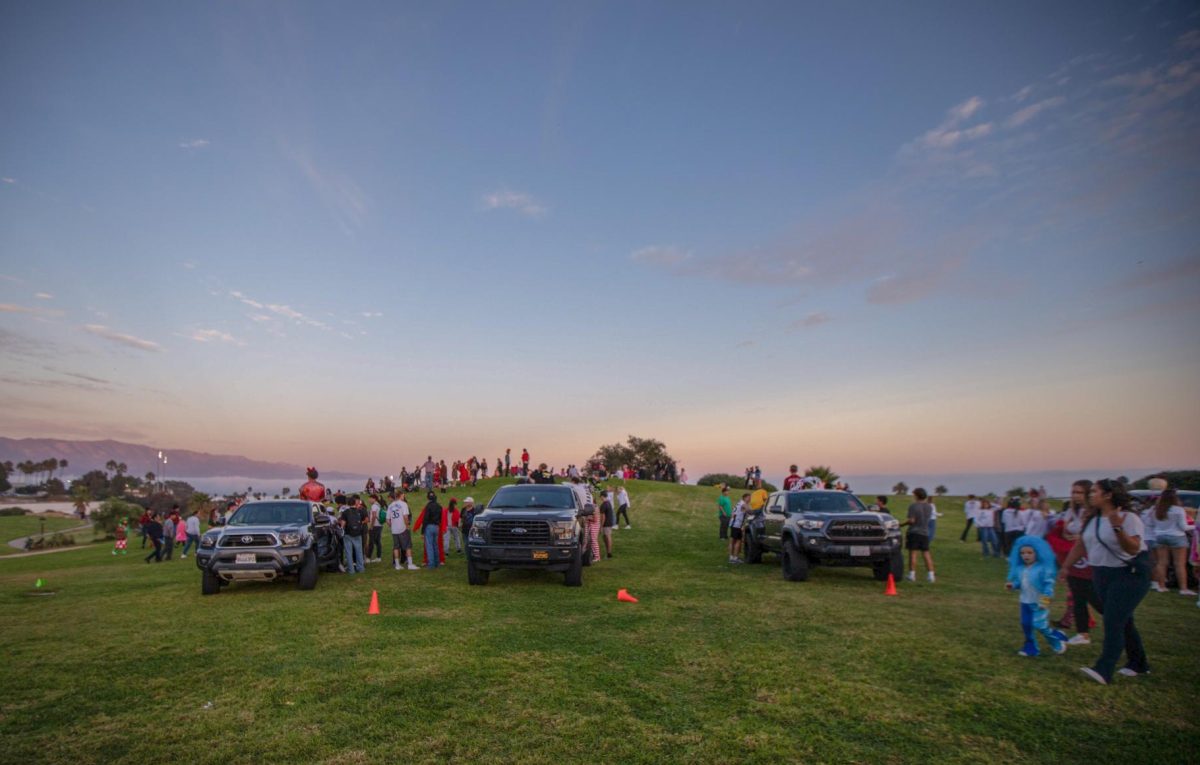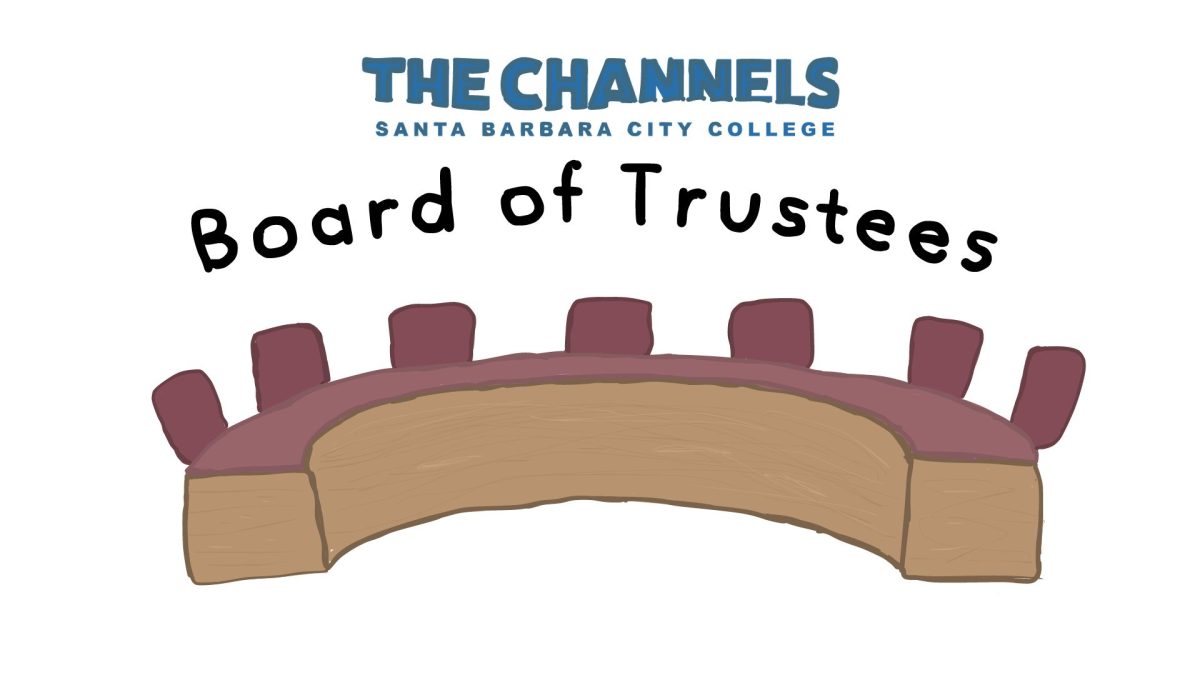This November voters will determine the passing of Proposition 1D, which if approved, will fund $28.8 million of the $39 million needed for a new state-of-the-art School of Media Arts Building at City College.
“This is an important project for SBCC. Demand for SoMA’s programs is high and planning for the new SoMA building has been underway for several years,” said Superintendent-President John Romo in a recent campus-wide e-mail.
College administrators are hopeful momentum will build in favor for passage of the measure.
According to an Los Angeles Times poll taken late last month, among likely voters, 43 percent favored, 39 percent opposed and 18 percent didn’t know how they would vote on Prop. 1D.
Although City College won’t lose its place in line for a state bond if Proposition 1D fails to pass this November, it will delay the construction of the SoMA building from 2009 to a date not yet known, Romo said.
Students expressed excitement about advantages of the new building.
“I wish it could [be built] sooner, so I could have had more opportunities with film,” said SoMA student Chase McElroy. “They [the classrooms] will be so much better after the new building is finished, and students have opportunities to use film studios and lighting grids.”
The bond measure is also known as the Kindergarten-University Public Education Facilities Bond Act of 2006. It was introduced by Assemblyman Fabian Núñez, D-Los Angeles and State Senator Don Perata, D- Oakland. Núñez sponsored the bill.
It will allocate $1.5 billion of $10.4 billion toward California community colleges to repair and upgrade its buildings. The rest of the money will be distributed accordingly among the state’s public education systems.
If the bill is approved, it will not only affect 109 city colleges throughout the state of California, but will also be the highest bond allocation to community colleges in state history.
“[Proposition 1D] is going to provide us with some of the best production facilities from San Francisco to Los Angeles, said Director of Media Art Department, Guy Smith.
The current projected cost of construction for the SoMA Building is $39 million, down from the original cost estimate of $45 million. The additional $12-15 million needed to build the facility will have to be raised through the City College Foundation and the community, said Vice President of Business Services Joe Sullivan.
The new center will be located on East Campus, behind the Student Services Building. It will house the Communication, Journalism, Photography and Film & Television departments. The building will hold two underground computer labs, recording studios, photography labs and a 100-seat lecture hall along with classrooms.
Though some students will not be at City College by the time SoMA Building will be completed, they are happy about what it means for future students.
“I’m going to be gone by 2009, so I won’t even have a chance to use this building… but I would have loved to. It sounds fantastic,” said Sarah Ryerson, a film production major.
The construction of the SoMA Building not only awaits the passing of Prop. 1D but approval from the California Coastal Commission as well. The Coastal Commission is an organization that regulates the developmental activities along the California Coast.
The Commission is requiring City College to build an additional parking structure before the new building can be built. The Loma Alta Parking Structure is currently undergoing review by the state, Sullivan said.
If approved by the Coastal Commission, it is hoped that the structure will help to alleviate traffic and parking congestion, which is expected to spike with the construction of the SoMA Building.
Though City College would benefit from the passing of 1D, it contains a clause that exempts community colleges from state seismic inspection standards.
In a recent Los Angeles Times article, it was reported that earthquake experts believe the proposal is flawed and is not in the best interest of student safety.
The seismic inspection standards of the Field Act were enforced after the 1933 Long Beach earthquake, which caused far-flung damage to many public schools. That law mandates that all public classrooms from elementary schools to community college be built to stricter earthquake standards.
The Los Angeles Times also reported that the clause is supported by many community colleges because the strict building and inspection standards of the Field Act often increase production costs and hinder construction. Those against the clause advise that such an exemption would not only endanger the lives of college students, but the damages caused to the buildings will also be much more significant should an earthquake occur.
In addition to the SoMA building, the Physical Science Building, Humanities Building, Drama/ Music Building and Multidisciplinary/International Education Center are all part of City College’s long-range capital construction priorities.
If Prop 1D is defeated in November, a new bond initiative will be submitted to the voters in a future election. It is highly likely that the SoMA building would be included in any future education bond initiative, said Superintendent-President, John Romo.







